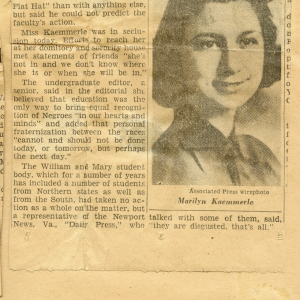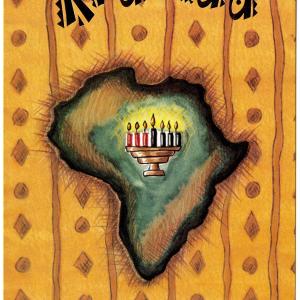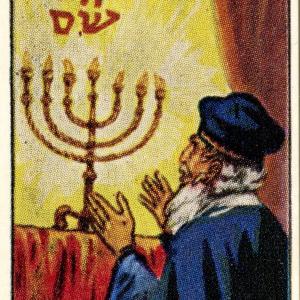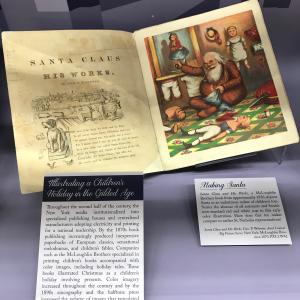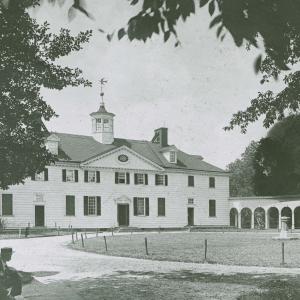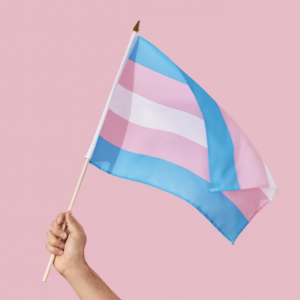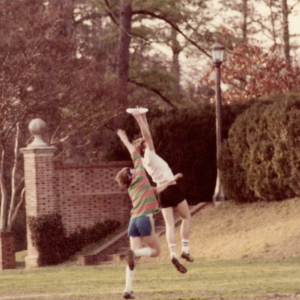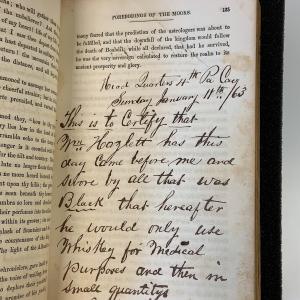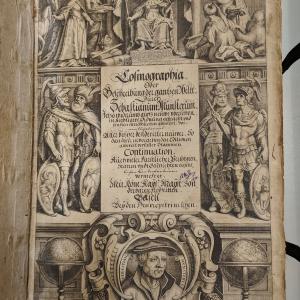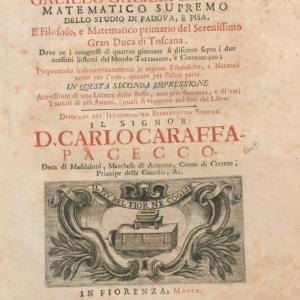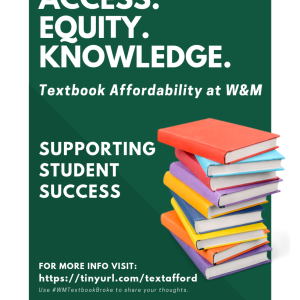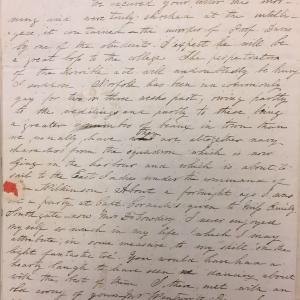A new W&M blog series. In this post, Candice Benjes-Small chronicles what it's like to work in the time of Corona.
Archive
Archive
- Access Special Collections materials from home via the Digital Archive!
- Jenna Hershberger introduces Marilyn Kaemmerle and her 1945 Flat Hat editorial that sparked a national response.
- Preston Neukirch '18 writes about his experience curating two exhibits showcasing selections of Black literary work.
- Shayna Gutcho offers an introduction to Kwanzaa and related resources available at the SCRC.
- Shayna Gutcho explains the history and traditions of Hanukkah through the resources available at SCRC.
- In October, I attended a week-long conference in Temecula, California called the Association of Tribal Archives, Libraries, and Museums, and came back to William & Mary feeling empowered.
- Derek Vouri-Richard explores the history of New York media in this year's exhibition of the Nancy H. Marshall Collection.
- The thing I love about Makerspaces is that the only limit is your imagination.
- Jenna Hershberger discusses our lantern slides of Mount Vernon and their importance in the archaeological and architectural research of the famed George Washington home.
- Shayna Gutcho explains the importance of Transgender Day of Remembrance and shares some trans narratives available at SCRC.
- Brielle Popolla compares an early twentieth-century travel account to a trip of her own.
- Alissa "Ali" Zawoyski is William & Mary Libraries' new University Archivist!
- Learn more about the history of Ultimate Frisbee at W&M and how you can help make a lasting home for this sport in the archive!
- One book can tell several different histories. Learn more about the journey of a book that was stolen and later returned to the William & Mary library.
- An inside look into reclassifying and describing an early geography of the world with woodcut maps, portraits, diagrams, and other illustrations that depict the world as it was known in 1628.
- Jenna Hershberger explores the omnipresent moon imagery in a recent acquisition, the Josephine W. Shinholser Collection of Sheet Music.
- In honor of Banned Books Week, Ute Schechter explores censorship and early modern science through an investigation of a clandestine edition of Galileo's Dialogo.
- National surveys indicate that students are now spending about $1200 each year if they purchase all of the textbooks required for their classes. The increase in textbook prices has far outpaced the increase in inflation, nearly doubling from 1998-2008 alone, and going up over 1,000% since 1977.
- Tracy Melton '85, member of the William & Mary Libraries Board of Directors, considers the words we use to describe crime and death in archival work. Read on to learn more about a nineteenth-century fatality recounted in the Galt Papers.




